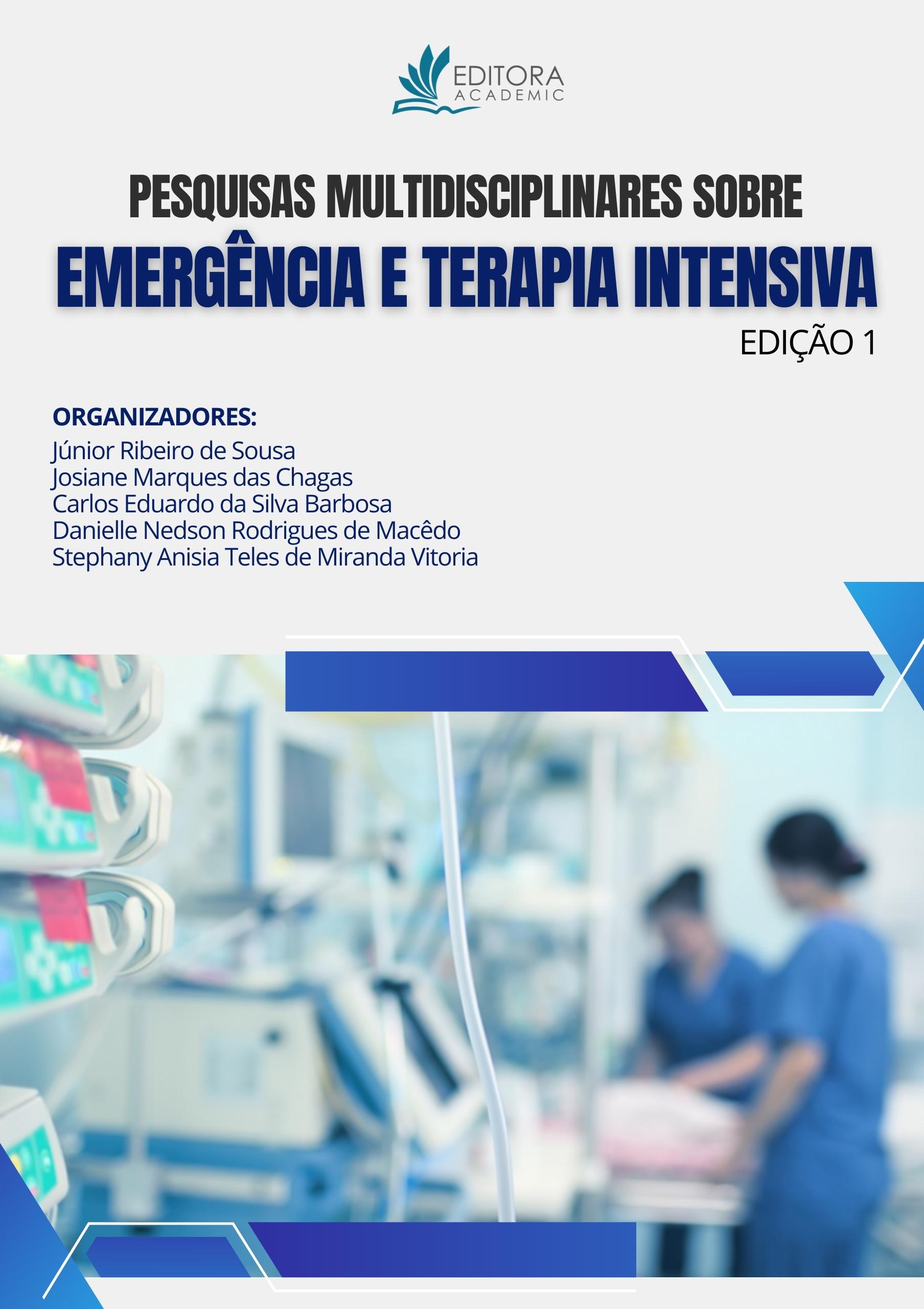
Este estudo teve por objetivo evidenciar as práticas seguras em cirurgias contaminadas. Assim, a metodologia selecionada para embasamento desta pesquisa, realizou-se um estudo de revisão sistemática onde os levantamentos de dados ocorreram nas bases de dados científicas: LILACS e SCIELO. Existem inúmeros fatores de risco extrínsecos e intrínsecos que aumentam a probabilidade de pacientes em cirurgias contaminadas aumentarem as chances de complicações, alguns dos quais contribuem apenas na presença de outros. Os fatores de risco identificados como causas importantes de agravos incluem a duração do procedimento cirúrgico, o estado clínico do paciente (gravidade) de acordo com a classificação da American Society of Anesthesiologists (ASA) e o nível de contaminação do sítio cirúrgico. Aliado a isso, uma das medidas recomendadas para práticas seguras de cirurgias contaminadas, engloba a limpeza da incisão. Para isso, é interessante que o procedimento seja realizado com uma solução aquosa de PVP-I. É importante seguir as orientações de cirurgias seguras, optando pela utilização de suturas impregnadas com os antissépticos usados rotineiramente, curativos adequados e antissépticos de rotina. A realização desta pesquisa, constatou informações relevantes referentes às boas práticas em cirurgias contaminadas. Assim, o objetivo deste estudo foi alcançado, permitindo demonstrar informações relevantes sobre o tema em questão. Contudo, propor-se que mais estudos sejam realizados sobre o tema, especialmente no âmbito da Covid-19.